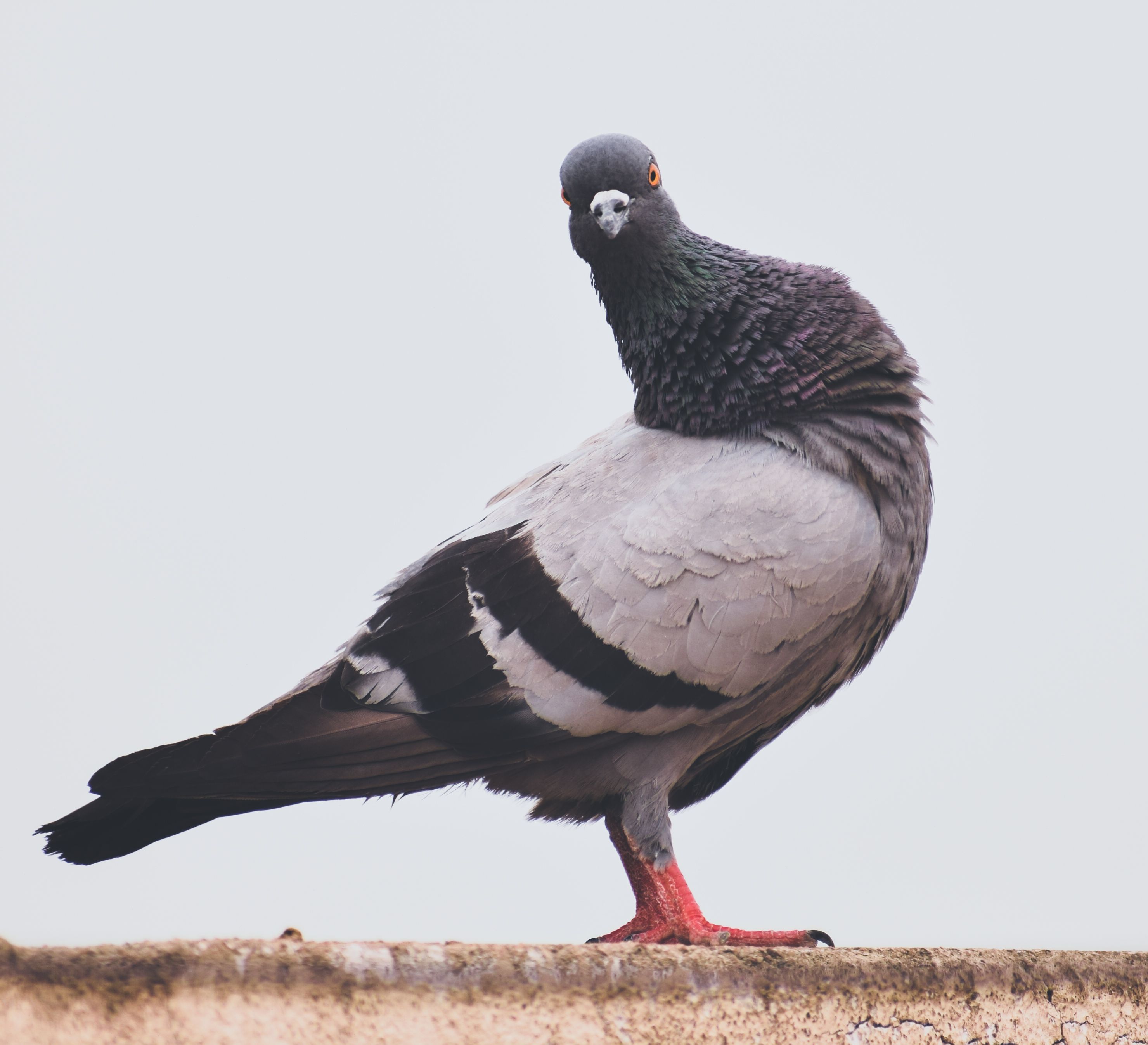Why Pigeons at Rest Are at the Center of Complexity Theory
Why Pigeons at Rest Are at the Center of Complexity Theory
Complexity theory is a branch of mathematics that studies complex systems and how they behave. One of the simplest yet most…

Why Pigeons at Rest Are at the Center of Complexity Theory
Complexity theory is a branch of mathematics that studies complex systems and how they behave. One of the simplest yet most fascinating examples of complex systems is a flock of pigeons at rest.
When pigeons gather together, they exhibit emergent behavior that is greater than the sum of their individual parts. They move in synchrony, creating mesmerizing patterns in the sky that seem to defy logic.
Scientists have long been interested in studying the behavior of pigeons because it offers valuable insights into how complex systems work. By studying pigeons at rest, researchers can gain a better understanding of how group dynamics, communication, and decision-making processes emerge in various contexts.
Pigeons at rest also provide a unique opportunity to explore the concept of self-organization. Despite not having a leader or central authority, pigeons are able to coordinate their movements and actions in a way that appears coordinated and purposeful.
Furthermore, studying pigeons at rest can shed light on the principles of chaos theory and the idea that small changes in initial conditions can lead to vastly different outcomes. A slight shift in the position of one pigeon can ripple through the entire flock, leading to a cascade of changes.
Overall, pigeons at rest serve as a powerful metaphor for the complexities of the world around us. By observing and analyzing their behavior, researchers can unlock new insights into the mysteries of complex systems and gain a deeper appreciation for the interconnectedness of all living things.
So next time you see a flock of pigeons resting on a rooftop, take a moment to appreciate the beauty and intricacy of their movements. They may just hold the key to understanding the world around us in ways we never thought possible.





